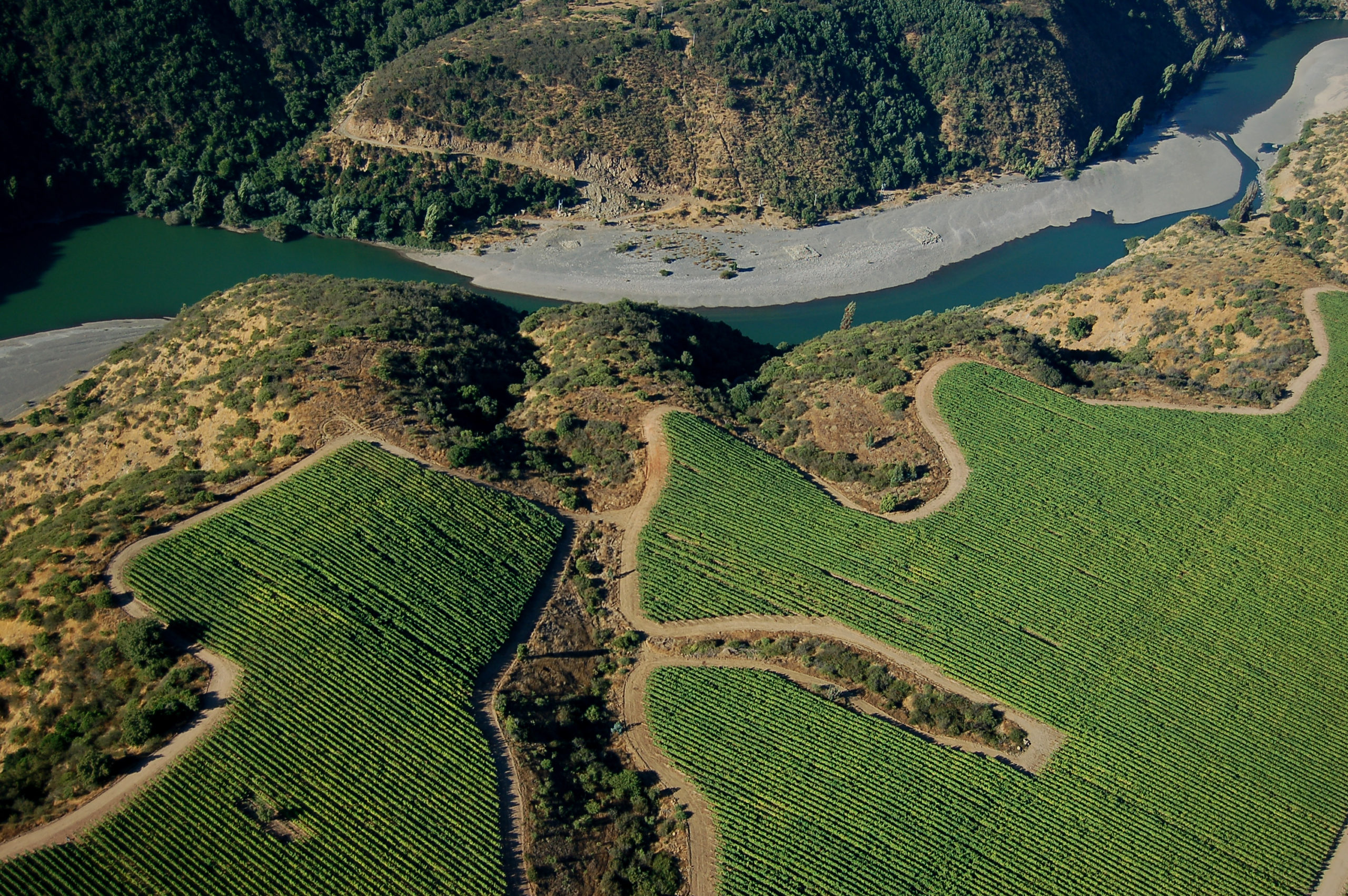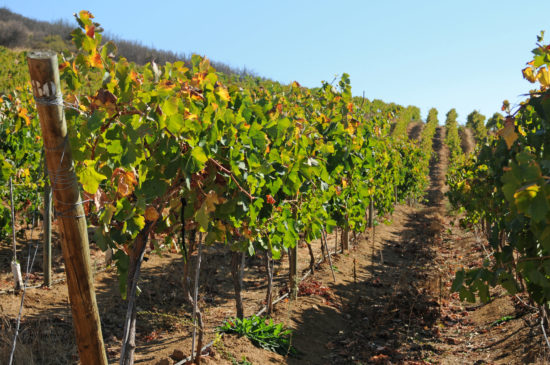All about water in viticulture


Vines must take everything they need from their environment in order to survive. Among these elements, water plays a fundamental role. Here we tell you why.
In order to survive, and due to the impact on the quantity and good quality of the grapes, water is essential for the development of the vineyards. Starting, of course, with photosynthesis. The vines need water to carry out the photosynthesis process and then to swell its grapes during ripening.

So, what does it mean that grapes need slight “water stress”? This typical phrase within the wine world refers to the following. Vines access water through their roots, taking them to their leaves, but it is through them that water is also lost, in the process of transpiration. The warmer the environment, the faster the transpiration. And to compensate, the vine absorbs more water from the soil. It is for this reason that the supply of water to the vine is usually limited after the “veraison” phase, because this “shortage” – or limited and fair access – of water means that the vine will concentrate more on ripening than in grape production. There are those who consider that this small “water stress” favors the concentration of sugars and polyphenols and, therefore, the subsequent quality of the wine.
Rainfall is the main source of water. This becomes available in the soil for the vines, binding to clay particles of humus. However, if the soil has a lot of clay, it is easily becoming waterlogged, which could kill the roots of the vine. To avoid this, it is necessary for the water to drain.
This is how many of the best soils are formed by a mixture of sand and clay particles, as for example happens with the Gran Reserva Carmenère soils, “of alluvial origin, with a deep clay-sandy texture”, which have good drainage, but they also retain a sufficient amount of water for the growth of the vine. Although it must be clarified that ideal soils do not exist either, as it will always depend on climatic factors such as temperature and rainfall.
In many traditional rural landscapes, the practice of vine growing has relied on water reserves stored in dryland soil. In this way, productivity is quite low and variable, and depends clearly on climatic conditions and winegrowing techniques. But modern viticulture created alternatives to complement irrigation with systems based on soil type, climate and geography, to maintain consistent production. One of the most traditional is “flood irrigation”, one of the most used is “drip irrigation” and there are also localized “sprinkler irrigations”.
Just as water is essential, it can also be a great threat. The absence of water, or drought, for example, might not allow the grapes to ripen.
While excess water could cause the grapes to have a lower sugar concentration or days before the harvest season, the berries to swell excessively. While hail could cause significant damage to vineyards.
We invite you to become aware of the conservation of this important resource. Just as Gran Reserva does along with its actions towards the efficiency of water use.

We comply with the highest standards of verified social and environmental performance, transparency, and legal responsibility to balance benefit and purpose.
We adopt an Impact Business Model, creating beneficial links between business, community, and environment.
The Gran Reserva vineyards are an important part of the project to conserve native forest areas and protect local biodiversity. Our native forests have the ability to retain rainwater and control the kind of climate change that results from water shortages.
We take care of 1,432 hectares of protected forests and, on average per vineyard, a total of 105 species of fauna and 48 species of registered flora.
Our effort to preserve nature begins with responsible water consumption. 99% of the water we use comes from surface and subterranean sources.
Our vineyards are drip irrigated, which translates to a 90% efficiency on water consumption, and over the past 3 years, we’ve reduced our water footprint by 10%.
All of our winemaking processes require the use of energy. Our choice to invest in clean, renewable energy reflects our desire to co-create a sustainable planet for the future.
100% of the electricity used to make the wines in the Gran Reserva collection come from renewable sources, including solar energy.
Concha y Toro has been certified under the Wines of Chile Sustainability Code since 2012, which means that our vineyards are officially recognized as sustainable vineyards.
The wines in our Gran Reserva collection are crafted entirely from estate-owned grapes in sustainably managed vineyards.